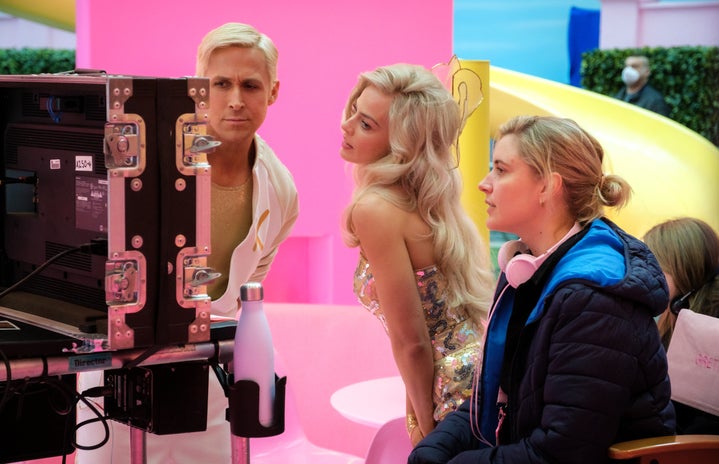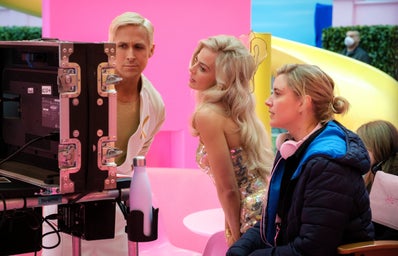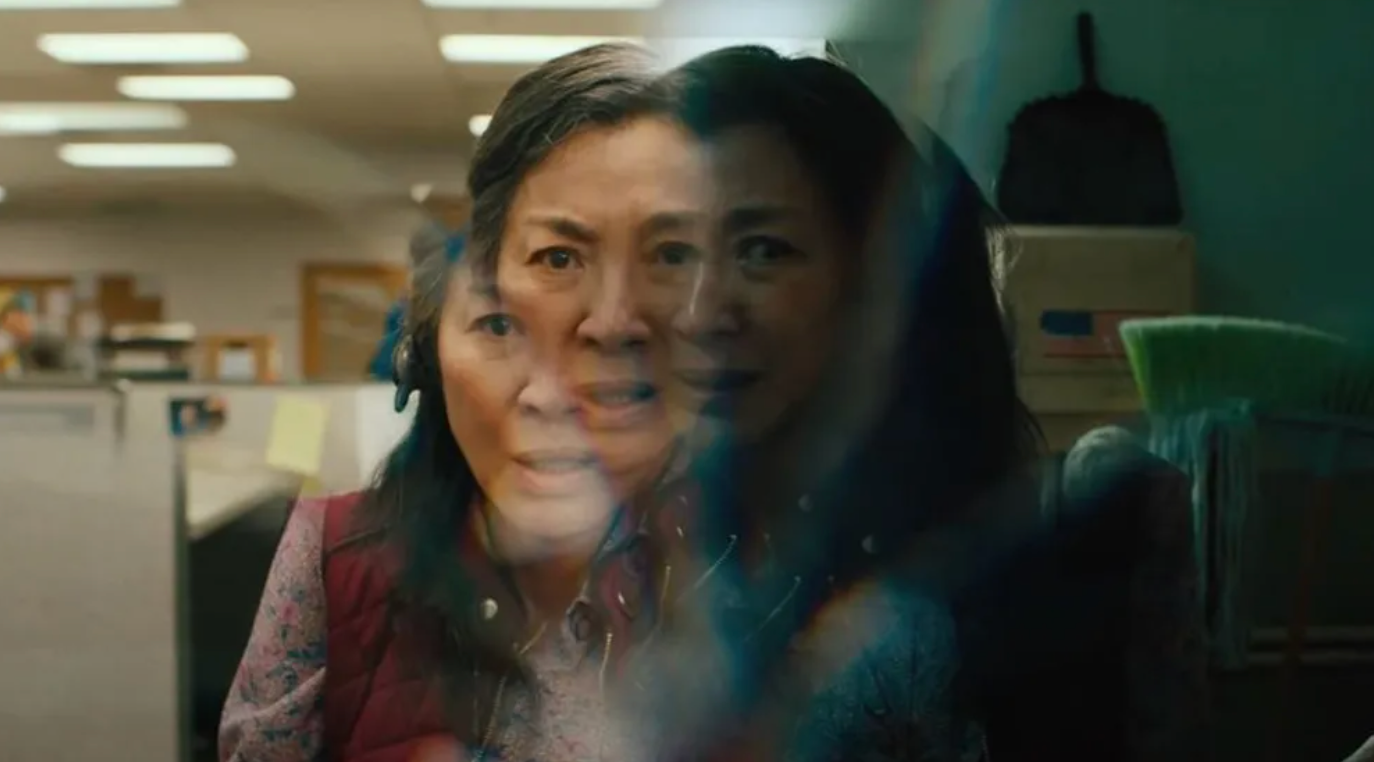It is no secret that Hollywood is a privileged space, with its own glass ceiling that is yet to be broken. Despite women being half the population, there is an obvious lack of representation of women both in front of and behind the camera. A 2023 study by the Center For the Study of Women in Television and Film found that females accounted for only 45% of all speaking characters on streaming platforms and 44% on broadcast. These numbers clearly expose the disparity in the media.
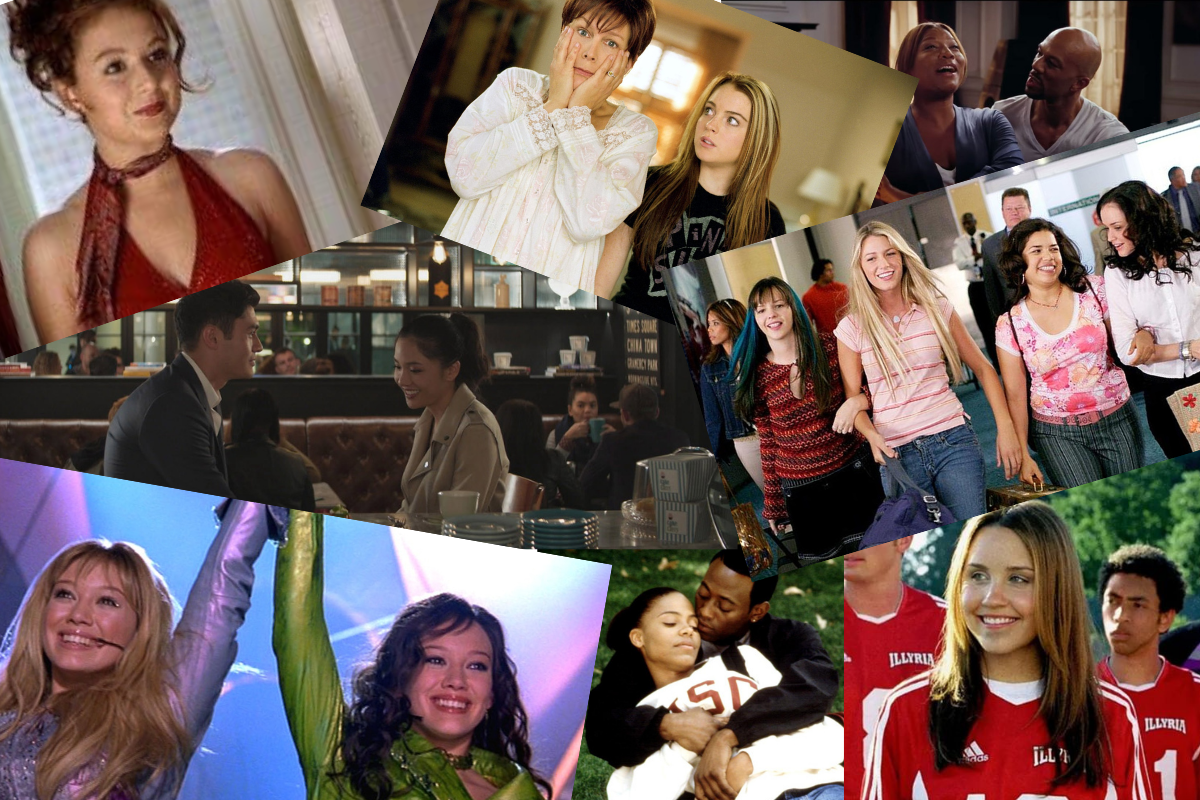
This inequity has been highlighted many times in the past. For example, the term coined by Nathan Rabin “Manic-Pixie-Dream-Girl” calls out the prejudice in scriptwriting. This term refers to female characters who exist in films to give meaning to the male protagonists’ lives (think Summer from ‘500 Days of Summer’). So, even if women make up 44-45% of films, are female characters at all representative of real women? No. Female characters’ personalities are nearly always tied to how the male protagonist sees them. Women are often made to fit into a box – either as the sexualized dream, or the girl next door. Her dreams and characteristics are often neglected, if written at all.
An even bigger issue haunts Hollywood: the minimal representation of women of color.
Despite the success of films like Everything Everywhere All At Once, Crazy Rich Asians, and Moonlight, women of color are seldom portrayed on the big screen. The New York Times reports that in 2021, 57.6% of female characters were white. This is more than half. Not only do women have little representation in the media, but even this small percentage only shows the stories of white women. This leaves little space for powerful stories of minority groups to be shared on a global platform. These stories deserve to be told just the same as all others.
Is the film industry too scared of the monetary success of films with female leads? Would the box office see little economic viability?
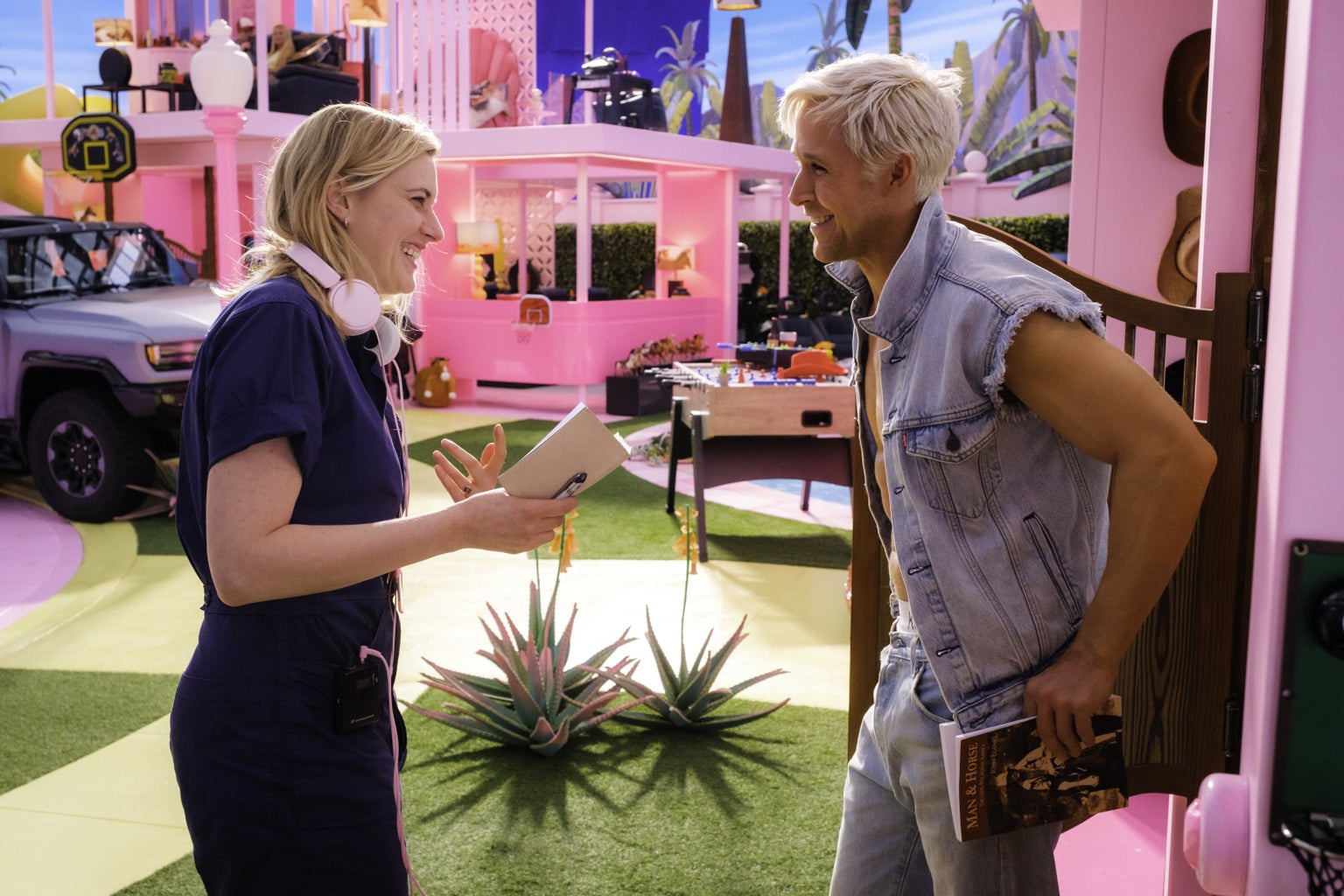
Women directors like Sofia Coppola, Greta Gerwig, and Patty Jenkins have proven that films with female leads can achieve remarkable success at the box office, the same as a male-led movie. Consider the 2023 film ‘Barbie’, which became this year’s biggest box office hit. Greta Gerwig has created classics in her short time as a director, such as in Little Women and Ladybird. Sofia Coppola has become a cult girl classic, with her films such as Marie Antoinette and Lost In Translation. And let’s not forget Patty Jenkins, the woman who brought Wonder Woman to life.
The success of these films shows that audiences do, in fact, want to see dynamic female leads and interesting female-driven narratives, yet Hollywood overlooks this demand.
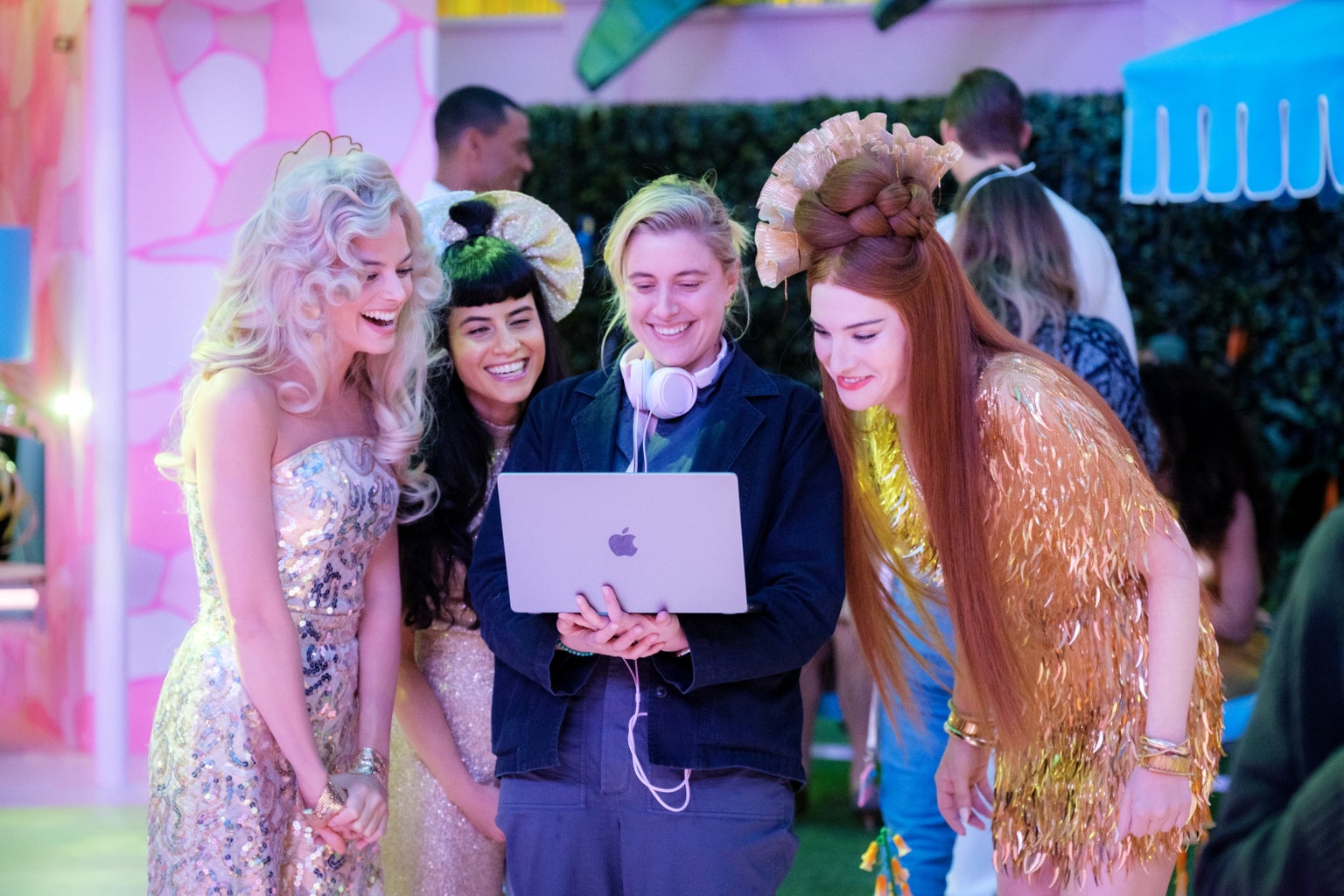
Experts have attributed Barbie’s global success to the extensive marketing plan created by Warner Bros. However, women audiences have made it clear that they want movies created specifically for them, and that they will go to the cinema to watch a female cast.
The media’s problem with women’s representation lies in the patriarchal structure rooted deeply in the industry. The female experience is often seen as too “girly” or “unserious” by male directors, scriptwriters, and producers, preventing many meaningful and important stories from being brought to the big screen. And yet ‘Barbie’, with all of its girliness, received worldwide adoration. All women deserve representation, and have showcased willingness to engage in films that tell their stories – there is no doubt in this. The question remains: what is the film industry waiting for? The time for change is long overdue.
